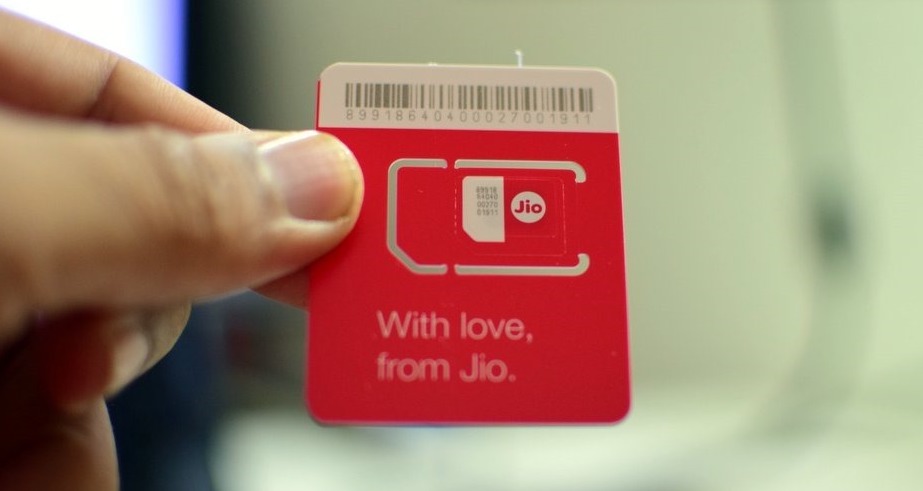Living in a digital world means adjusting to quickly evolving landscapes and being able to integrate new technologies to simplify your routines. While server infrastructures started to appear relatively recently, their popularity has risen drastically over the last decade. Nowadays, all modern businesses rely on information storage and processing on network systems. Thus, the number of data centers rises exponentially.
However, as technologies develop, the data center infrastructure evolves as well. Below, we’re going to consider how the network industry landscape has evolved over time and what significant changes have taken place.
Nothing stands still nowadays. As technologies develop, industries also evolve to become more functional, flexible, convenient, and effective. Thus, the implementation of new technologies helps improve the workflow and provides users with advanced tools for system management.

Early Stages of DC Infrastructure Development
The networking equipment history started in the 1960s with the rise of the mainframe computer era. Just like computers that were extremely bulky and could take rooms, the size of server infrastructures also impressed and sometimes scared. Thus, the introduction of microcomputers became the first milestone of IT development in the late 1970s.
As computers became smaller and were powerful enough to store big arrays of information, the first versions of server racks appeared. This tendency was due to the integration of microcomputers into the business environment. As microcomputers were gaining popularity and attracting new components to arrange systems, the need for compact and effective storage arose.
Technological Progress
The data center industry passed through several milestones since the moment of its appearance in the 20th century. Here are the main surges in the development.
Server Rack Standardization
The 1980s-1990s were significant for server racks evolution since the design was standardized. Alongside the high pace of business progress, standards were integrated to provide a uniform way to install and allocate network hardware. At this time, a 19-inch rack was accepted as a standard. The introduction of this standard allowed businesses to achieve denser equipment allocation.
Heat Management Issues
At the era of its settlement, server rooms were ventilated naturally, by letting the air go through windows or vents. However, the further expansion of network systems led to the need to invent forced cooling since devices emitted too much heat and natural ventilation was not capable of removing heat effectively. To avoid overheating and create an optimal climate, advanced HVAC and ventilation solutions started to appear. This problem gave rise to the evolution of ventilation systems integrated into racks.
Hot and cold aisle distribution strategies were also introduced to optimize the use of indoor airflow and increase its efficiency. The latest thermal management technologies allow using liquid cooling and integrated on-server tools to prevent heat exchange.
Facility to Office Transition
Another trend implies a transition from large-scale facilities to compact office settlements. Nowadays, businesses have small wall-mount cabinets hanging in an office and serving this very space. The shift from data center to office transition allowed users to scale network systems.
If you need a computer rack with the delivery over the USA and Canada, visit the website https://sysracks.com/. It’s a trusted manufacturer of server cabinets and racks. The company has wide expertise and offers a rich catalog of models to any taste and demand. Managers help clients select the best option for their purposes.
Scalability and Customization in DC Infrastructures
A quick pace of DC growth led to the need to improve scalability and flexibility in design. Modern infrastructures need modular and adjustable rack options for enhanced space optimization. These server rack design changes led to making furniture dense-effective, which allows for accommodating more devices in a limited rack and complying with space optimization strategies.
Bringing the DC Industry to the Green Path
A list of technological advancements in server cabinets related to the issue of making them more sustainable and reducing the negative impact on the environment. In this regard, several directions were pointed out.

Any IT system requires powering. Stands PDUs used to be feeding units. However, the introduction of alternative energy sources led to energy efficiency improvements. Solar batteries, hydra stations, and other green alternatives are widely implemented into DC infrastructures.
As for environmental considerations in design, manufacturers turn to the use of eco-friendly materials that do not leave a carbon footprint and have low emissions.
Look in the Future: Tomorrow’s Life of Server Racks
As we take a look at tomorrow, the IT infrastructure development will continue to evolve. The most evident, upcoming trends in rack customization and improvement include:
- the implementation of IoT devices;
- the integration of smart technologies in racks;
- the introduction of quantum computers.
The impact of cloud computing on server racks is seen already today. On the program level, the use of AI and machine learning technologies helps improve performance and integrate security enhancements in server storage. The use of machine learning techniques helps simplify performance, maintenance, and monitoring.
The modern data center infrastructure features a high pace of development. Having started from bulky computers, nowadays, it has come to office-sized infrastructures, and it will continue moving to smaller alternatives in the future. The integration of new IT technologies and advanced solutions helps evolve and make the industry more flexible and functional. Developed tools act in favor of data center evolution and performance improvement.








